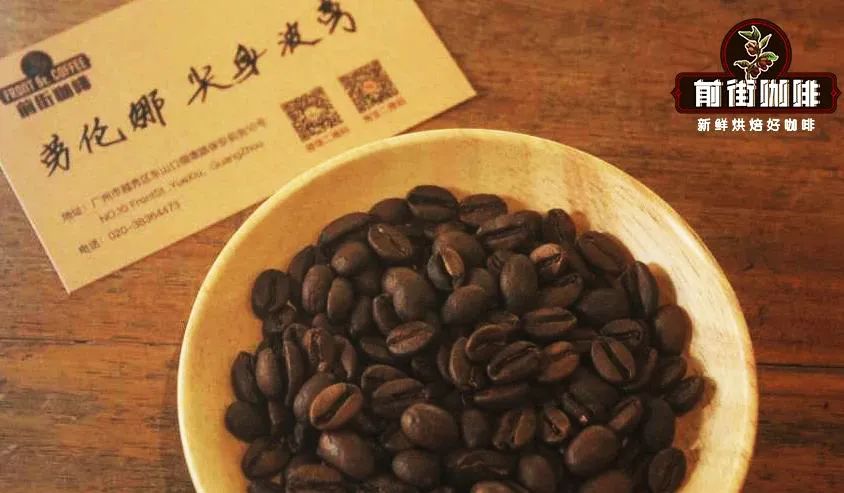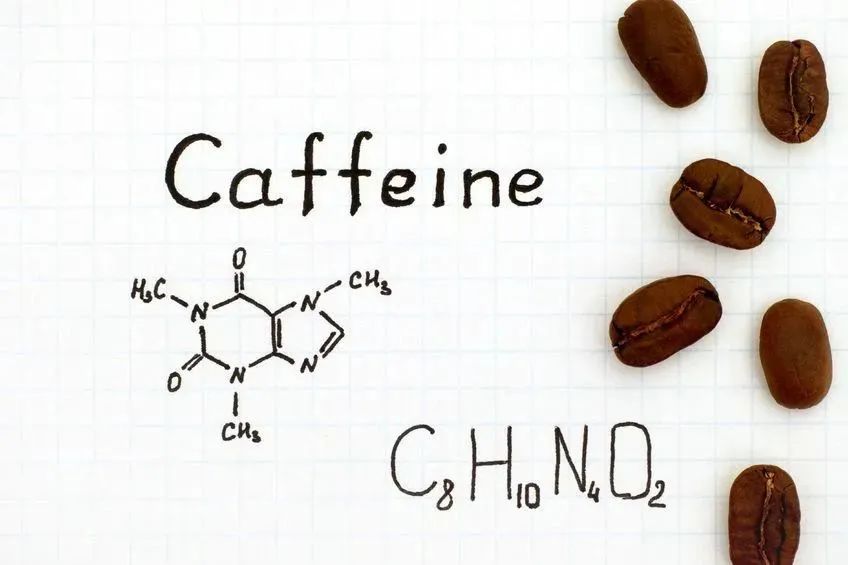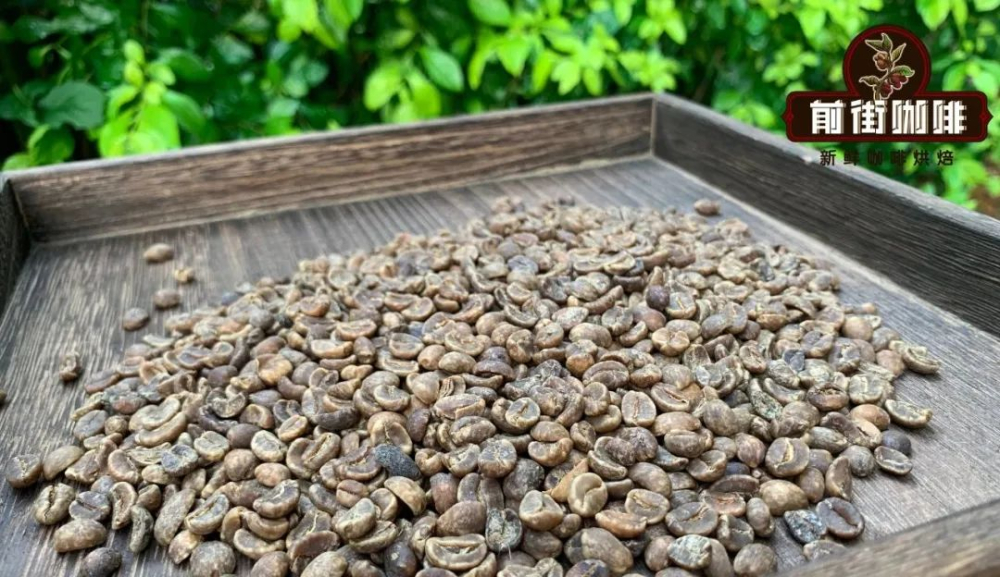The difference between decaffeinated coffee and decaffeinated coffee can decaf beans cause insomnia? flavor and price characteristics
Coffee contains caffeine, which is common sense! Eating a moderate amount of caffeine can help you feel refreshed, but too much caffeine can affect your health. The average adult's caffeine intake is no higher than 400mg, which translates to about 5 cups of hand-brewed coffee (one cup is calculated as 15g powder). In other words, caffeine limits the amount of coffee you drink, so decaf comes into being.

Decaf is a relative concept that can be understood as having lower caffeine than regular coffee. Decaf coffee is divided into two parts: natural and artificial decontamination. Take the common coffee on the market as an example, the caffeine content of Arabica coffee beans is 0.9% Mel 1.4% (average 1.2%), and that of Robusta coffee beans is 1.8% Mel 4% (average 2.2%). The bourbon variety found on Reunion Island (formerly Bourbon Island) contains only half as much caffeine as Arabica, so it is called decaf.

However, because of its weak disease resistance and insect resistance, it was once on the verge of extinction, which is rare in the commercial market. Therefore, the low-caffeine coffee on the market generally refers to artificial decaf. Artificial decaffeinated decaffeinated coffee is more thorough in eliminating caffeine. The EU standard for this type of decaf coffee is that the caffeine content of the processed coffee does not exceed 0.1% of the raw bean, while the FDA standard of the US Food and Drug Administration is less than 3% of the original caffeine content, which is equivalent to the European standard.

The methods of artificial deconstruction can be divided into three categories: direct / indirect solvent treatment, supercritical carbon dioxide treatment and Swiss water treatment. Direct solvent treatment is the use of dichloromethane, ethyl acetate and other chemical solutions to dissolve caffeine. First of all, steam is used to open the stomata of the raw coffee beans, and the dichloromethane solvent is directly added to the coffee beans. After the solvent and caffeine are fused, the caffeine-filled solvents are washed out, and the coffee beans are boiled again to remove all residual solvents. The process of using ethyl acetate as a solvent is the same, ethyl acetate usually comes from sugar cane, so when used, the direct solvent method is sometimes referred to as sugarcane decontamination. This method is mostly used in decaf processing in Colombia. The supercritical carbon dioxide treatment first makes the coffee beans absorb water and expand, and the caffeine molecules are loose in the coffee beans. Add liquefied carbon dioxide and create more than 100 atmospheric pressure in water. Carbon dioxide is highly selective and does not "damage" the carbohydrates and proteins in coffee beans while dissolving caffeine, ensuring that the flavor of coffee beans is not destroyed. Liquid carbon dioxide that takes away caffeine can also be removed and recycled. The only disadvantage is that the processing cost is high, and it is difficult for the market to support such a high price. The Swiss water treatment method was developed by the Swiss company Coffex in the late 1970s, and SWISS WATER ®is currently patented. This treatment will soak the raw coffee beans in hot water, and the soaking stage has actually partially removed caffeine. The soaked solution is then filtered with activated carbon and finally poured back into the coffee beans. This series of steps will be more effective in removing caffeine. In addition to not requiring the use of chemical solvents, the soaked solution can be reused in different batches of treatment procedures, but the coffee will still lose flavor during the filtration process. This method is also the mainstream way of de-causation at present.

Decaf does indeed contain almost no caffeine, but the current flavor of decaf is mediocre. Qianjie Coffee also has a Colombian decaf, which is treated with Swiss water. Its flavor is no different from that of traditional Colombian coffee, with balanced and mellow flavors of nuts, cocoa and caramel. This may have something to do with its own coffee beans, or it may have something to do with the decontamination process.
Important Notice :
前街咖啡 FrontStreet Coffee has moved to new addredd:
FrontStreet Coffee Address: 315,Donghua East Road,GuangZhou
Tel:020 38364473
- Prev

How can I make good coffee if it's not fresh? What's the use of expired coffee beans?
Make a bag of coffee beans with the same brewing parameters, and suddenly one day, the coffee will not swell. You can basically judge that the bean is not fresh. This "stale" does not mean that the coffee is undrinkable, it just means that the coffee bean is past its best flavor period. Roast coffee in accordance with food safety regulations
- Next

Hand-made coffee word brewing course parameters introduce how to make flannel coffee?
good! Today, Qianjie has come to share with you some interesting methods of hand flushing. What I share with you today is the "zigzag brewing method". Yes, this also comes from the way of brewing in Japan. Qianjie used to think that it was the "brewing method of the Chinese character" (in the case of its name, "Zhi" can be trained to read "brew"). In that case, it is.
Related
- Beginners will see the "Coffee pull flower" guide!
- What is the difference between ice blog purified milk and ordinary milk coffee?
- Why is the Philippines the largest producer of crops in Liberia?
- For coffee extraction, should the fine powder be retained?
- How does extracted espresso fill pressed powder? How much strength does it take to press the powder?
- How to make jasmine cold extract coffee? Is the jasmine + latte good?
- Will this little toy really make the coffee taste better? How does Lily Drip affect coffee extraction?
- Will the action of slapping the filter cup also affect coffee extraction?
- What's the difference between powder-to-water ratio and powder-to-liquid ratio?
- What is the Ethiopian local species? What does it have to do with Heirloom native species?

